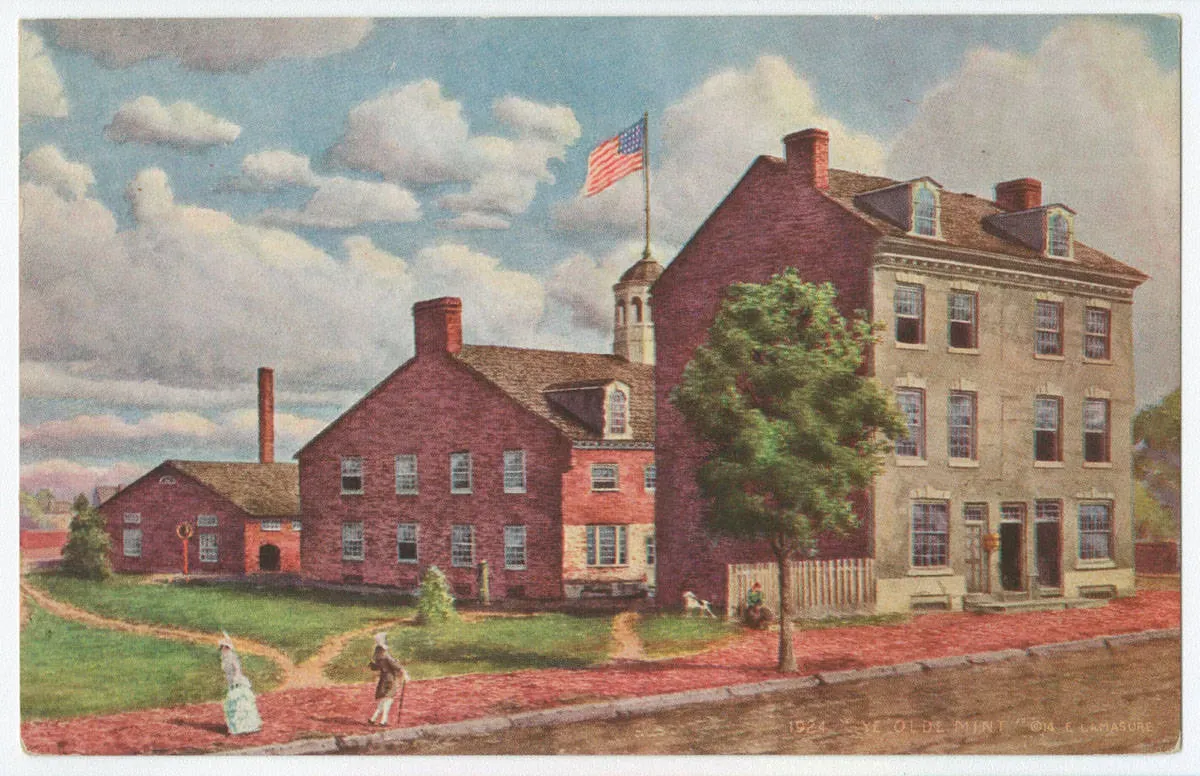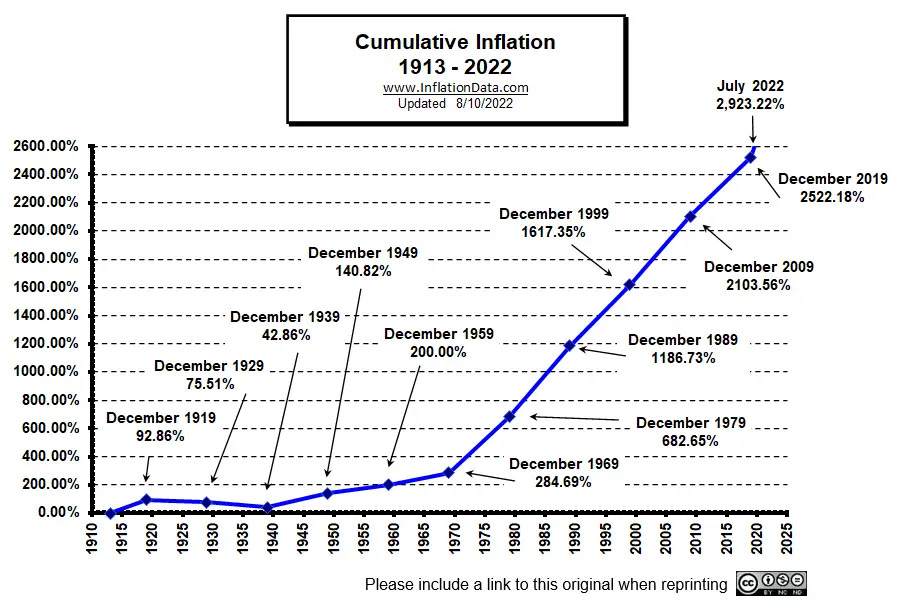

The Coinage Act of 1792 was passed by Congress on April 2, 1792, and created the United States Mint in Philadelphia. The Act laid the foundation for the nation's first monetary system and established the US dollar as the nation's standard currency.

Not long before the Coinage Act, during the American Revolutionary War, the Continental Congress issued paper currency, Continentals, to fund the war. As we know from today's endless wars, they are expensive, and unsurprisingly, both the colonies and Congress issued massive amounts of Continentals to pay for the war, which eventually resulted in hyperinflation of the currency. So it's no surprise that the new groundwork for the nation would be based on hard money - precious metals.
The Act authorized the production of currency, including four prominent coins with defined specifications and weights:

Additionally, the Act established a decimal system with the dollar as the basic unit and set the gold-to-silver ratio at 15:1. The standardization allowed for more efficient accounting and commerce.
The Coinage Act was momentous for the US - it established the nation's monetary system, most importantly founded on the principles of integrity and liberty. It's nice to remember that these principles were deeply ingrained in the nation's collective identity at that time, especially now when the nation's capital and those that serve it are entirely void of integrity and actively trying to crush our liberty.
In my opinion, the most powerful section of the Coinage Act was Section 19, known as the "Debasement Clause." The Founding Fathers understood the dangers of currency debasement (money printing) and took action to prevent it.
And be it further enacted, That if any of the gold or silver coins which shall be struck or coined at the said Mint shall be debased or made worse as to the proportion of fine gold or fine silver therein contained, or shall be of less weight or value than the same ought to be pursuant to connivance of any of the officers or persons who shall be employed at the said Mint, for the purpose of profit or gain, officers or persons shall embezzle any of the metals which shall at any time be committed to their charge for the purpose of being coined at the said Mint, every such officer or person who shall commit any or either of the said offences, shall be deemed guilty of felony, and shall suffer death.
The Debasement Clause established a death penalty for debasing the gold or silver coins authorized by the Act. Anyone who diminished the weight or fineness of the coins would be found guilty of a felony punishable by death.
While this may seem harsh, the reality is that the Founding Fathers took money seriously and enacted laws to ensure the integrity of the money. The severe punishments in the Debasement Clause set the tone for the government's relationship with the monetary system.
In other words, the threat of the death penalty aimed to protect Americans from currency debasement (inflation).
Congress eventually repealed this provision in 1853 after determining the death penalty was excessive. Over the following decades and even centuries, vast changes have been made to legislation, and new entities have been established that allowed currency debasement to proliferate. Unlike the late 1700s, when coinage consisted of precious metals, today, we have a financial system that lacks gold backing and has rampant inflation due to the government's collusion with the central bank.
Many Americans and the West, in general, tend to think we are incredibly advanced, mocking those who came before us. Yet, our nation's monetary system, which is our society's very foundation, has regressed into a legal counterfeiting operation.
When the Debasement Act was passed in 1792, currency debasement took the form of reducing the weight or fineness of silver dollars and gold eagles. It was well understood that precious metals were money and debasing coinage was theft, which would be punished by death.
Fast forwarding to present-day America, we have fiat currency. Money is decreed by the government and backed by nothing - well, backed by a (declining) military. The USD more closely resembles monopoly money than a gold eagle. Currency debasement is rampant. In fact, the Federal Reserve openly operates with an inflation target, which means your money is losing purchasing power.
Although the mechanics of debasement differ from 1792 to 2023, the results are the same. Since the creation of the Federal Reserve in 1913, the average annual inflation rate has been 3.24% a year, leading to over 2000% cumulative inflation.

The US Government and Federal Reserve's corruption of the monetary system is outright theft. By creating more dollars, they dilute the value of all dollars, thus redistributing wealth from savers and laborers to those who benefit from the newly created money.
So we must ask the question, what did the Founding Fathers know that we don't?
Why is something so consequential, warranting the death penalty, now allowed freely, without threat of legal recourse or punishment?
The theft-based monetary system of present-day America has unsurprisingly been disastrous for most people. Due to currency debasement, we've seen massive wealth inequality, increasing societal despair, and more unrest and warfare.
Instead of death for debasement, we have death by debasement.
As the politically and financially connected elites continue to steal wealth from the masses via currency debasement, many people are losing hope. We have a desperation crisis in the country due to the corrupt monetary system.

History proves that those in power will continue debasing the currency, pushing society to collapse. To avoid this fate in America, we must restore hard money and punish the criminals responsible for this mess.
Originally published on "The Fiat Cave".